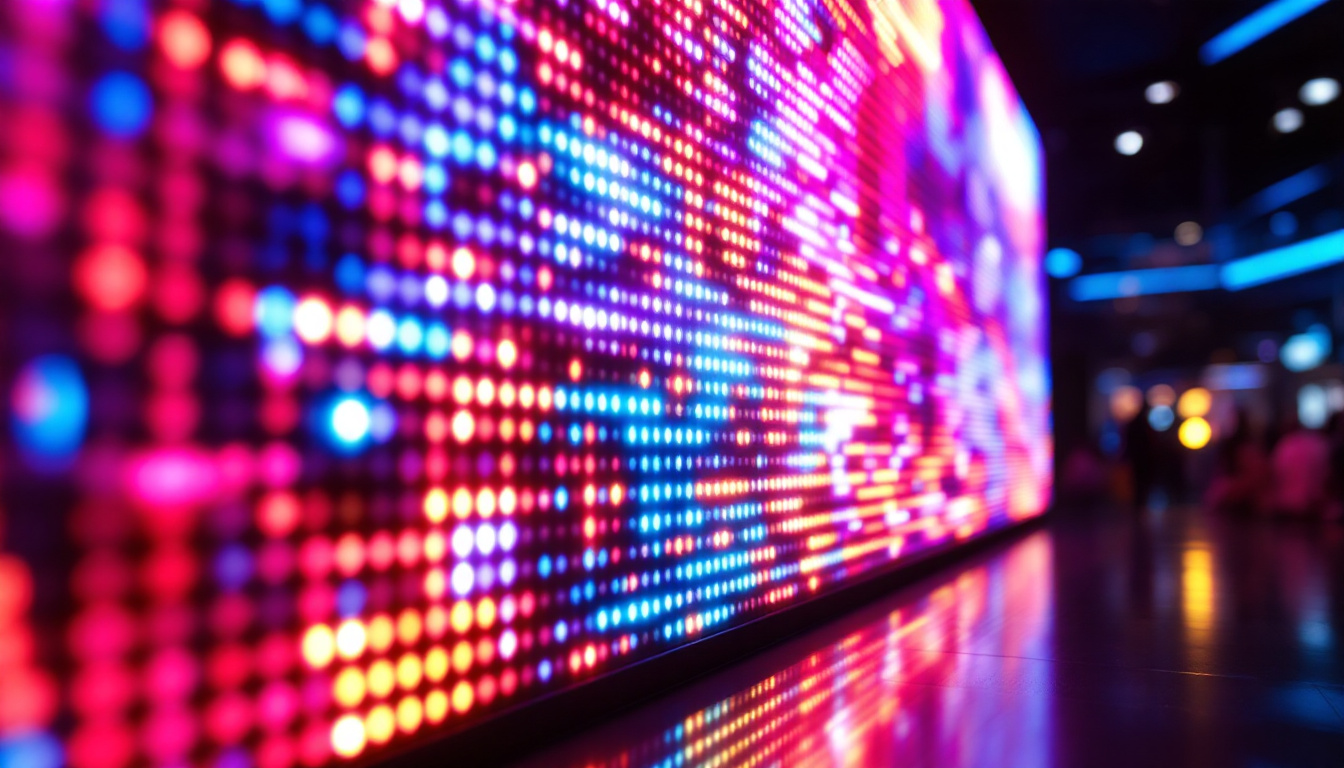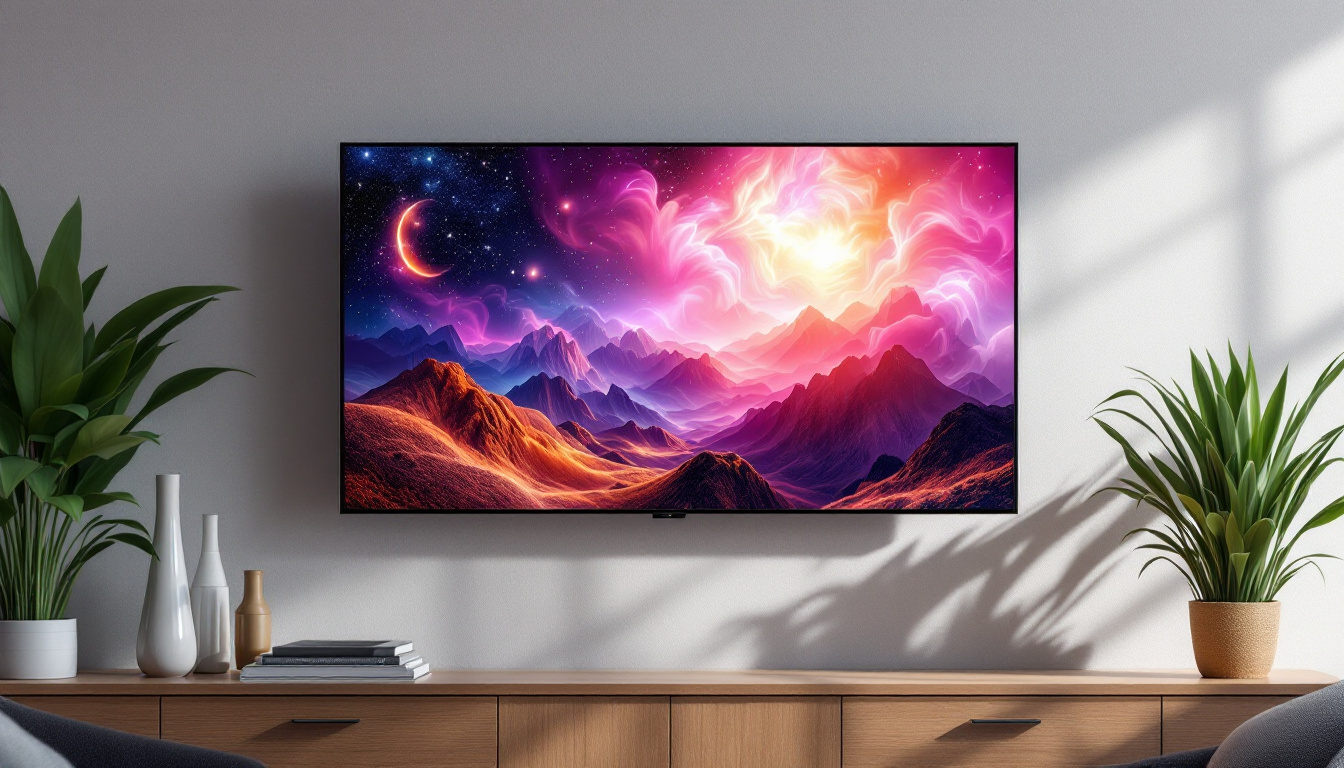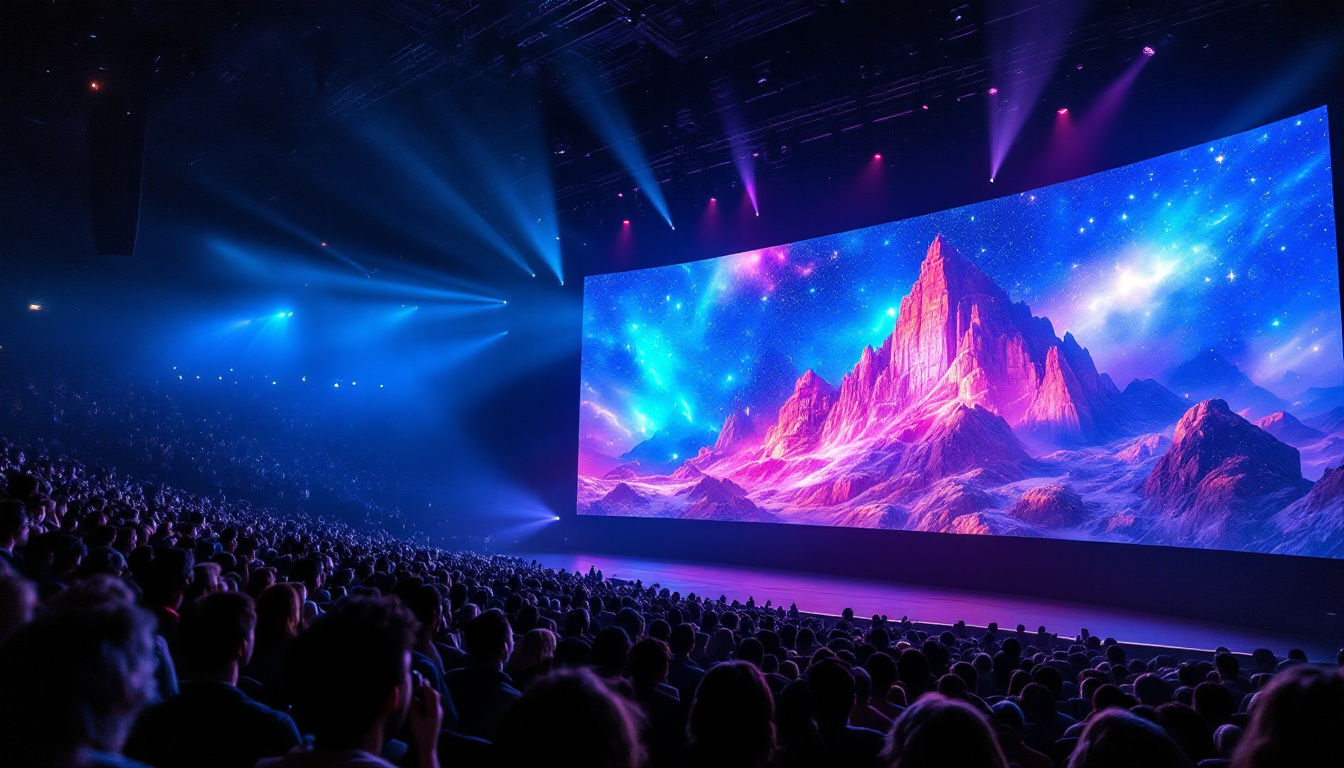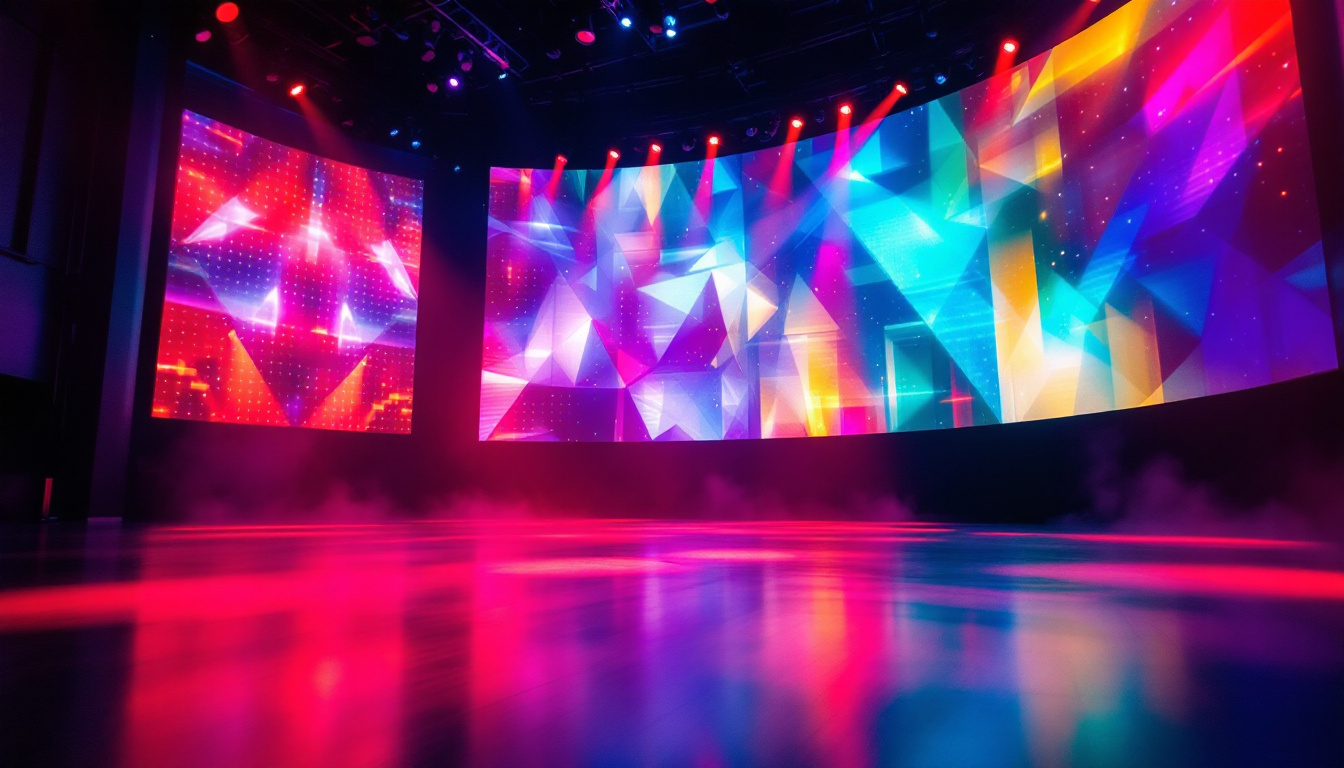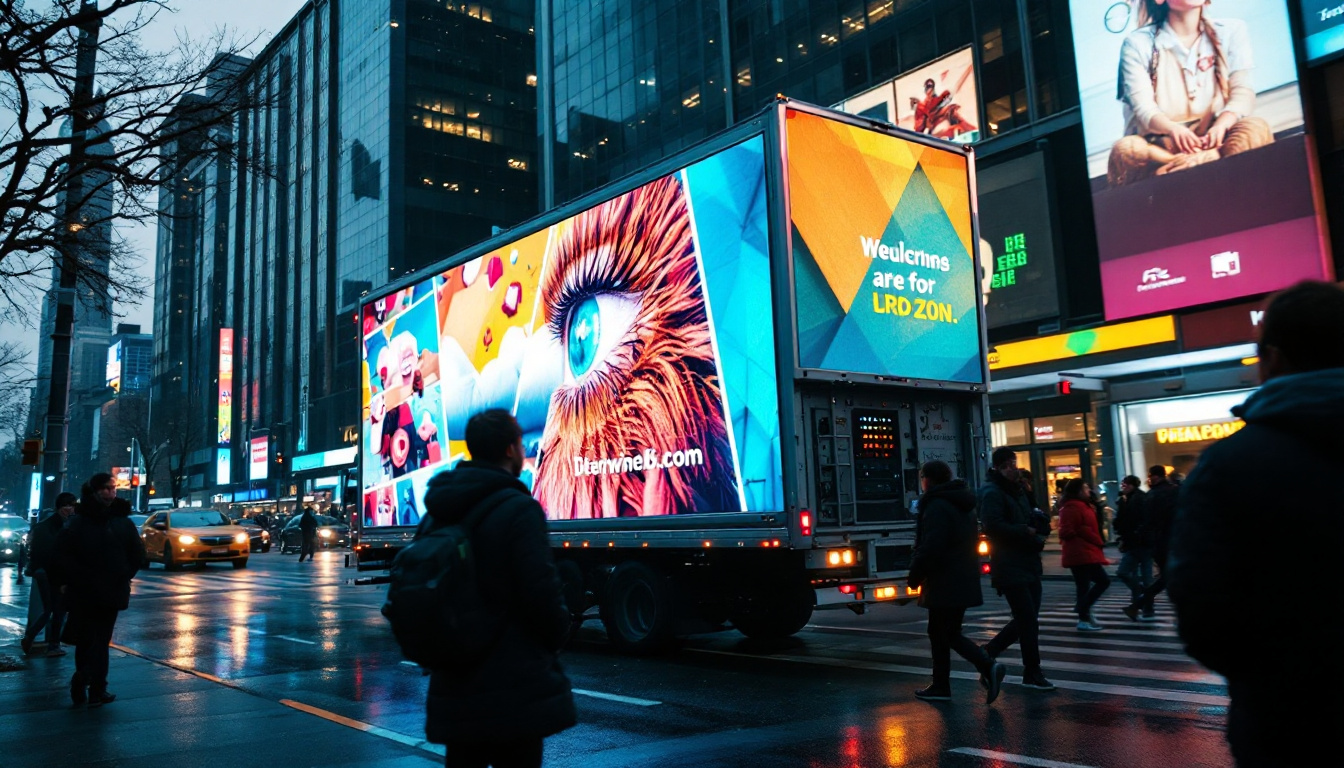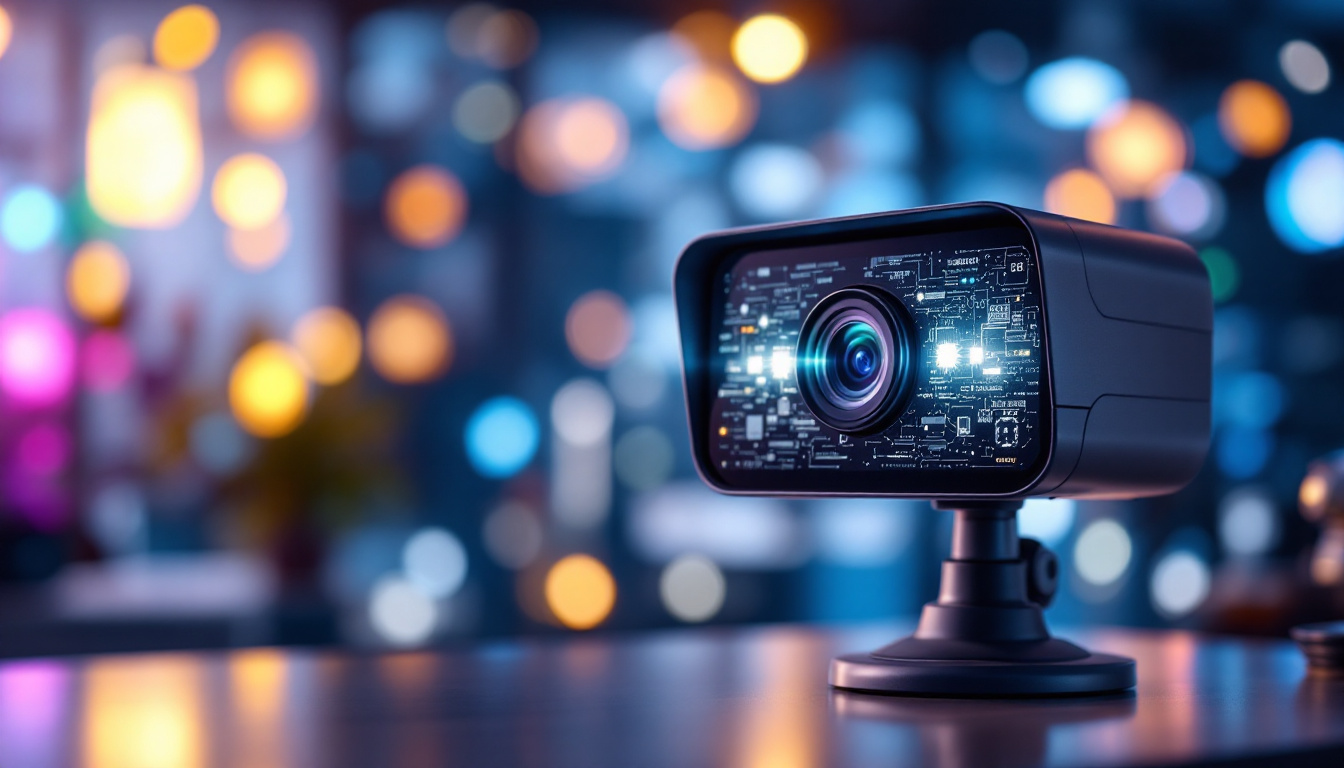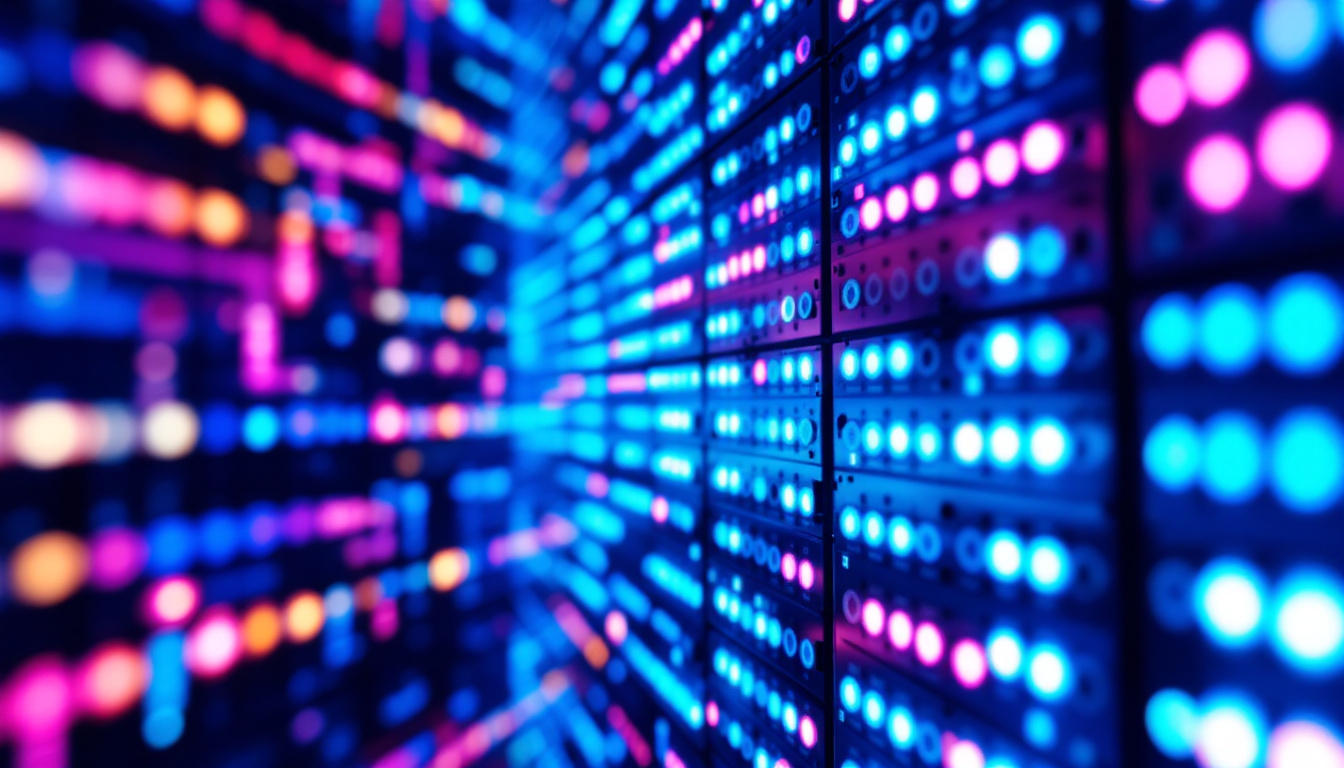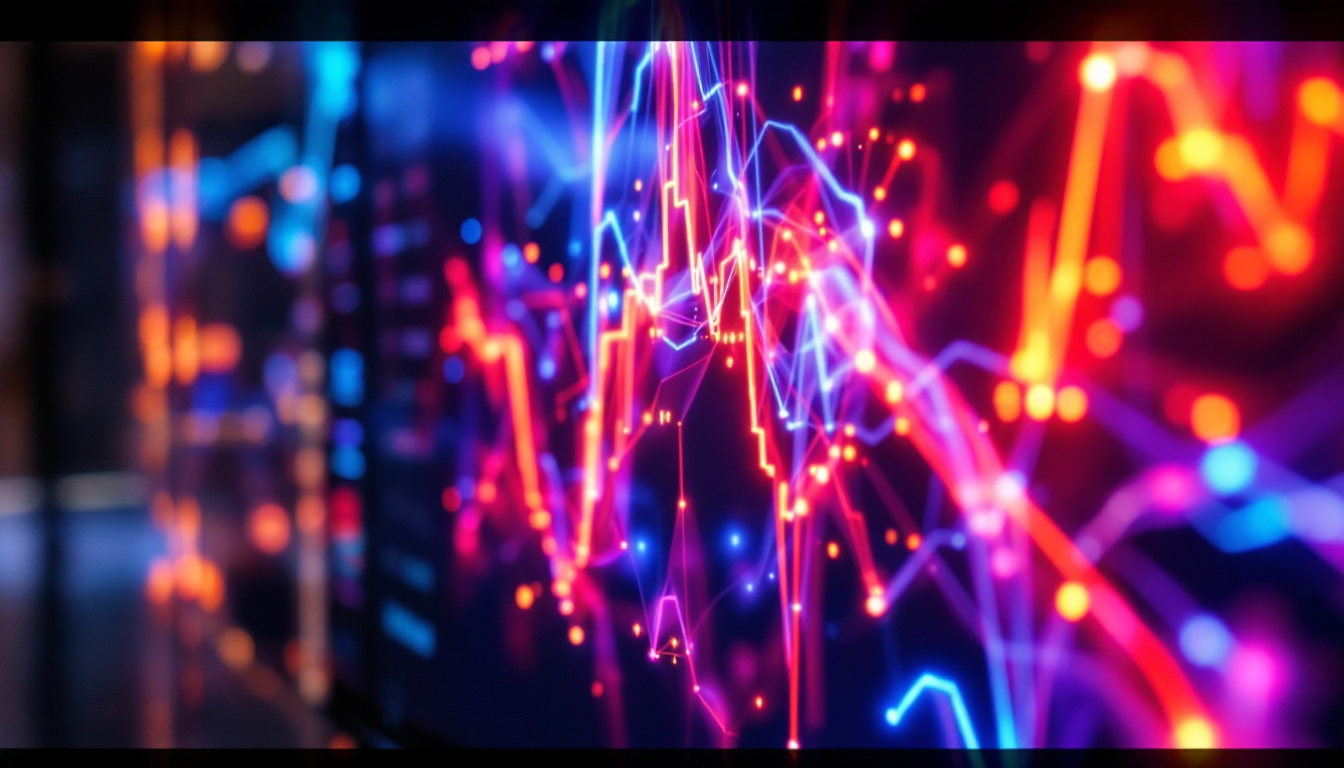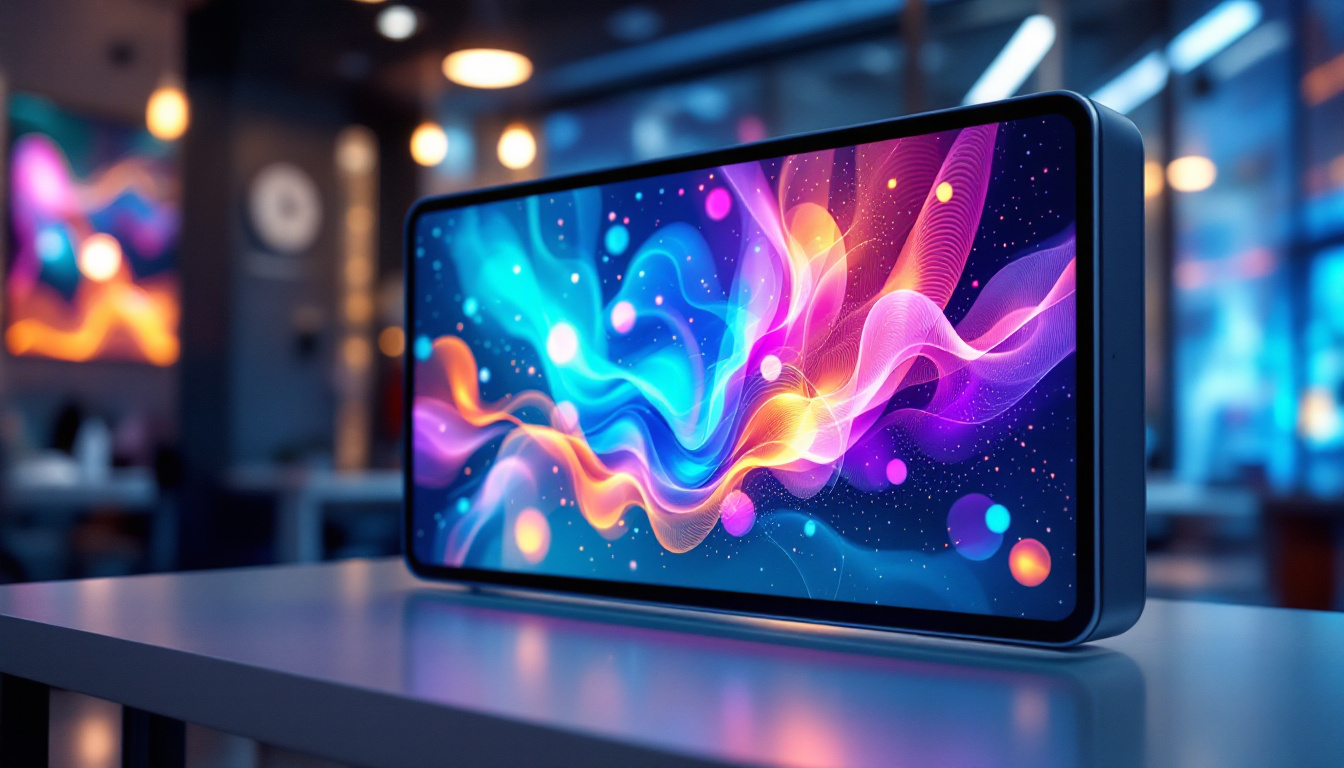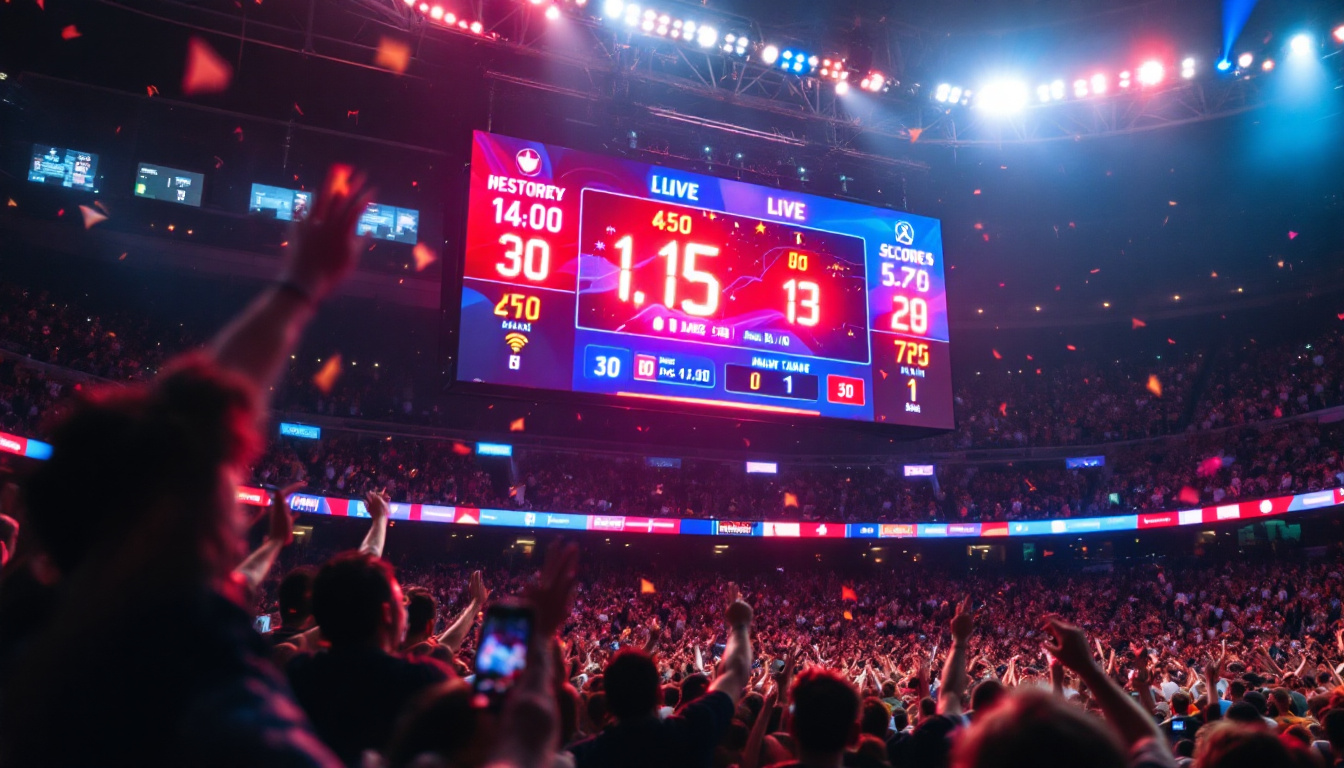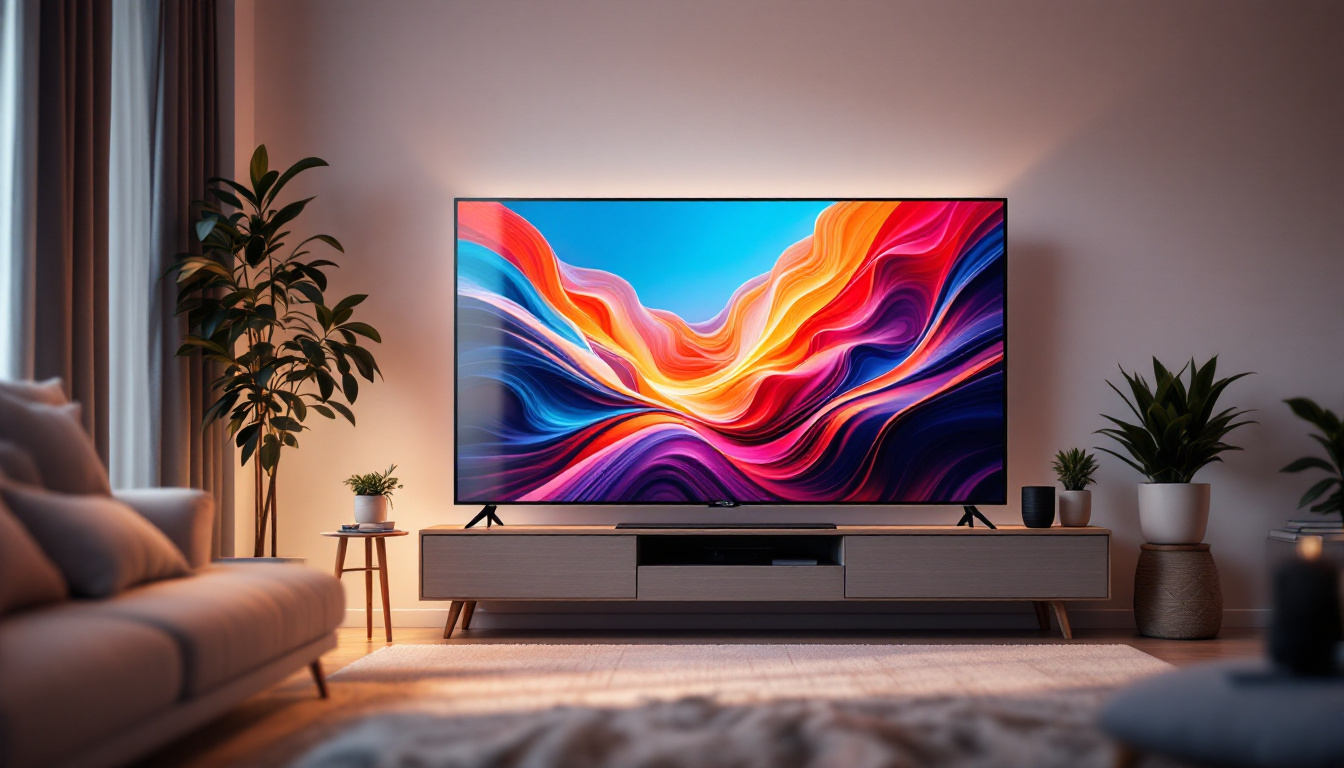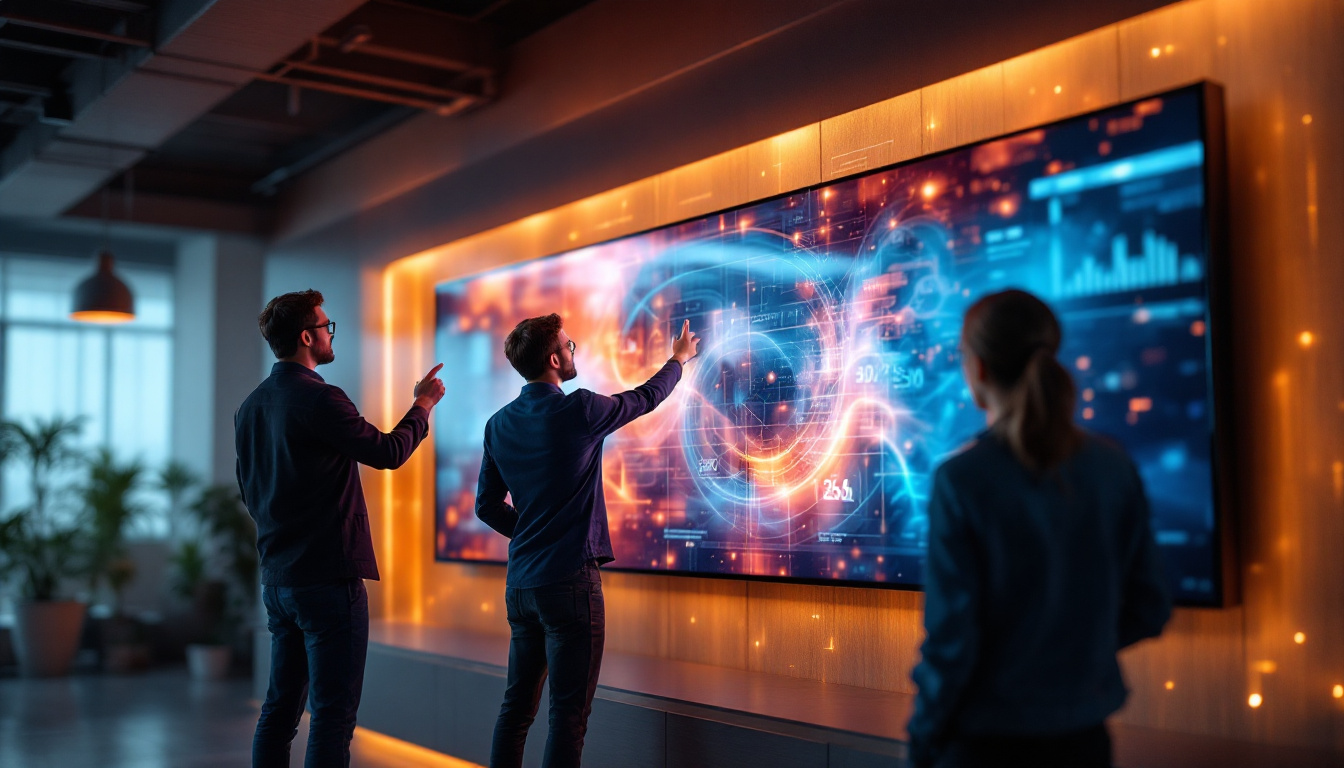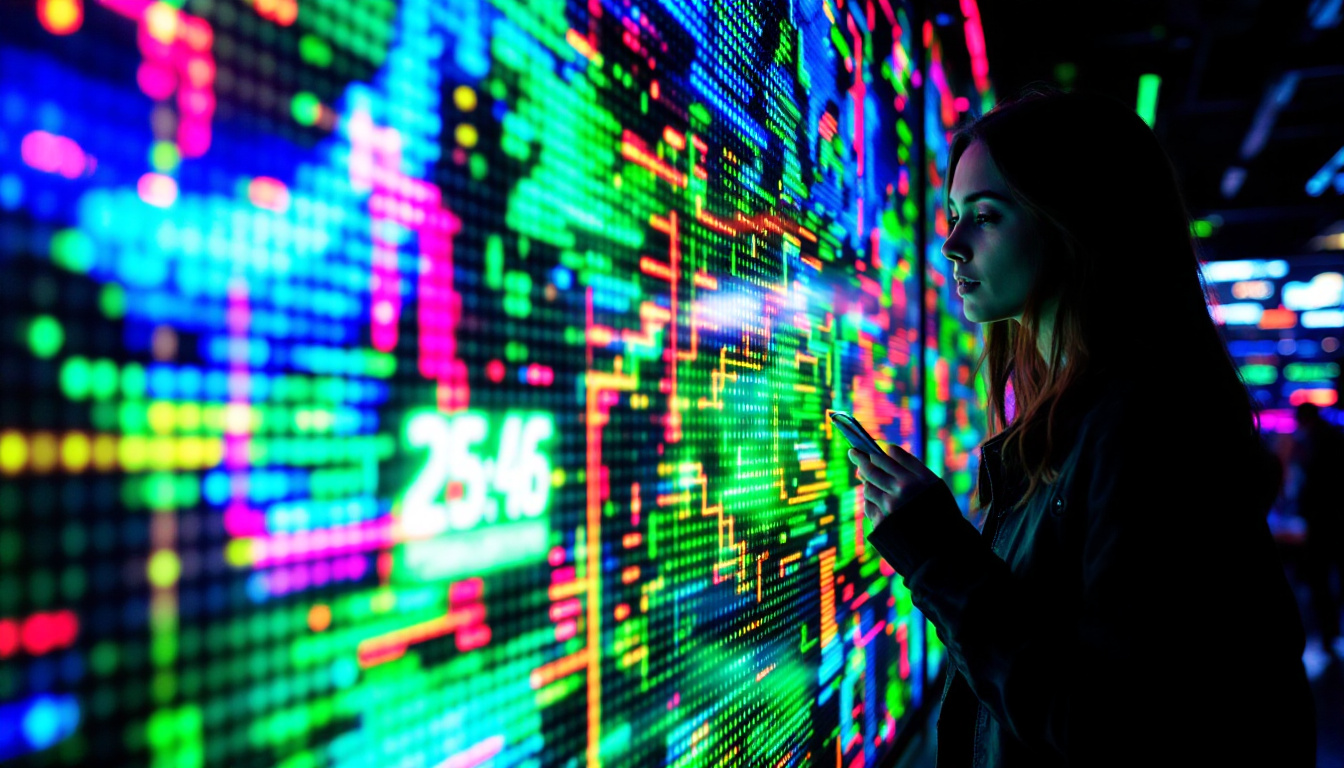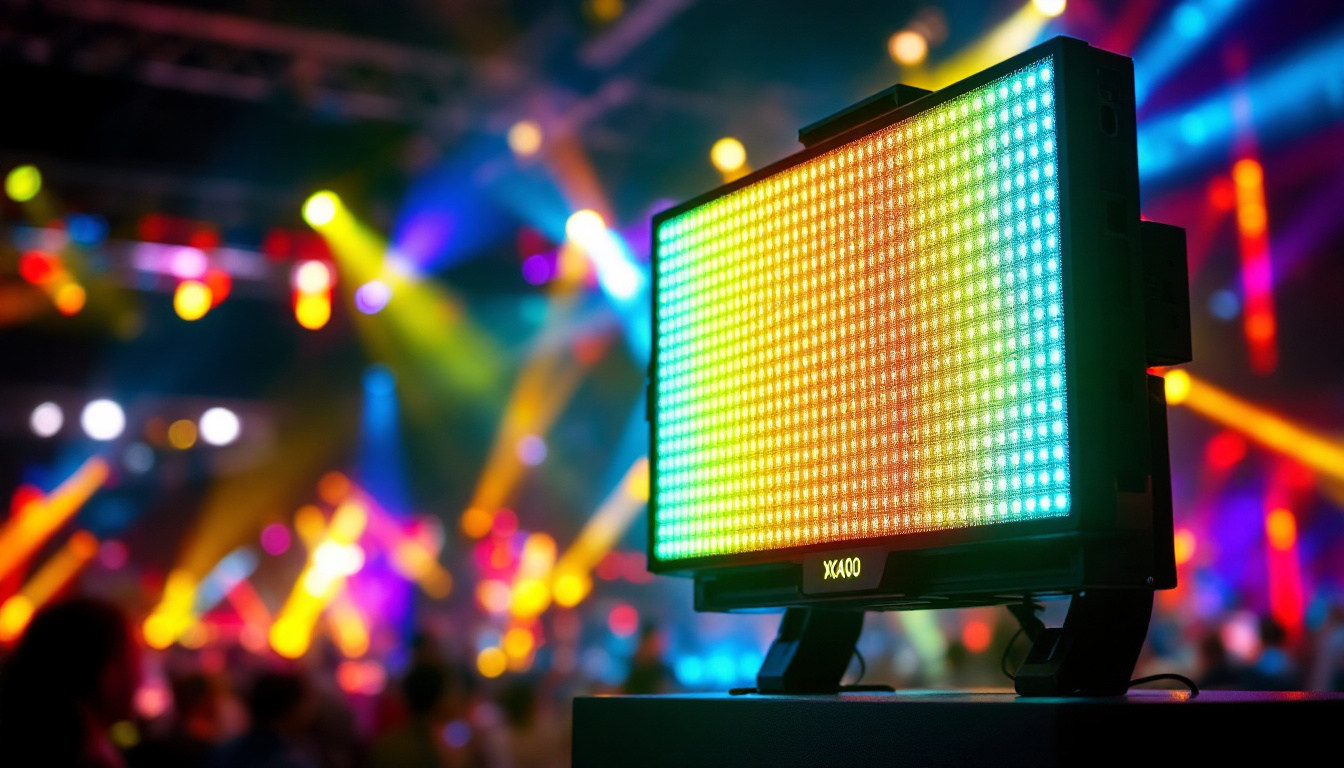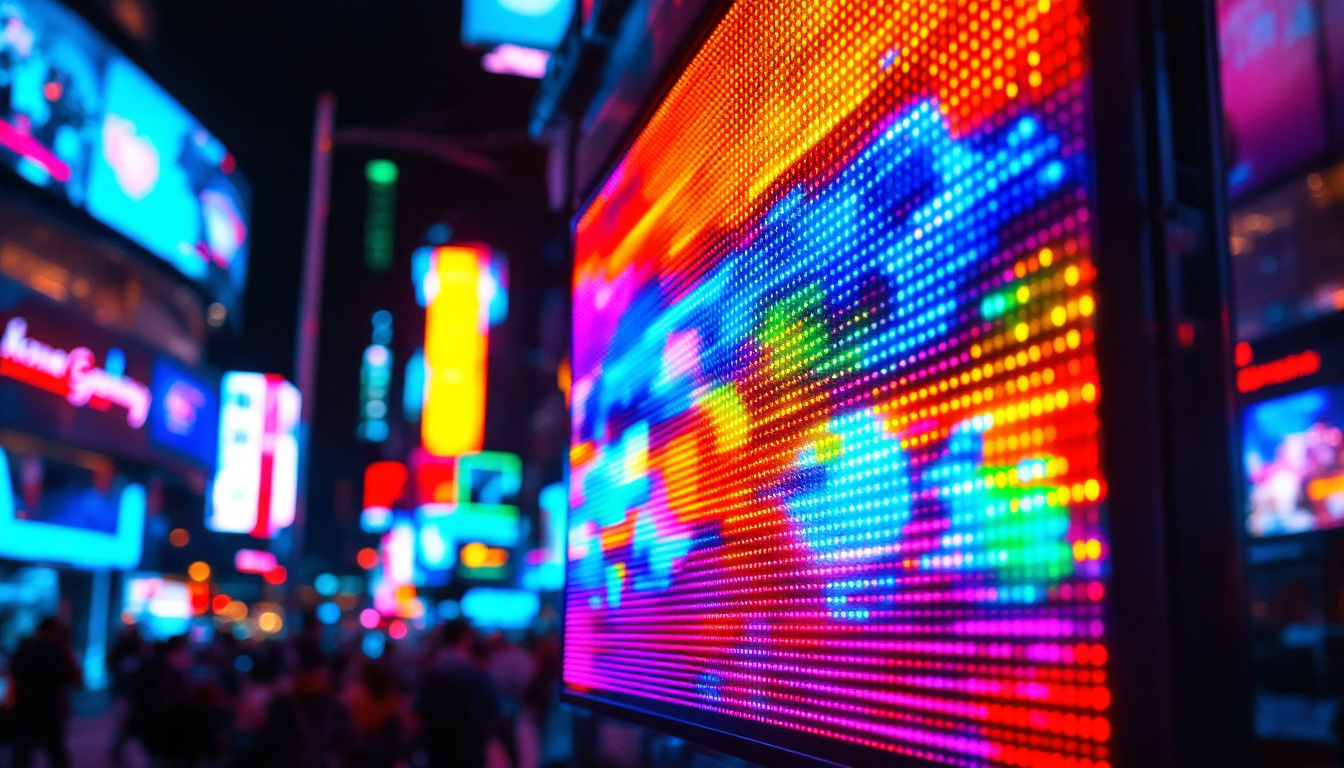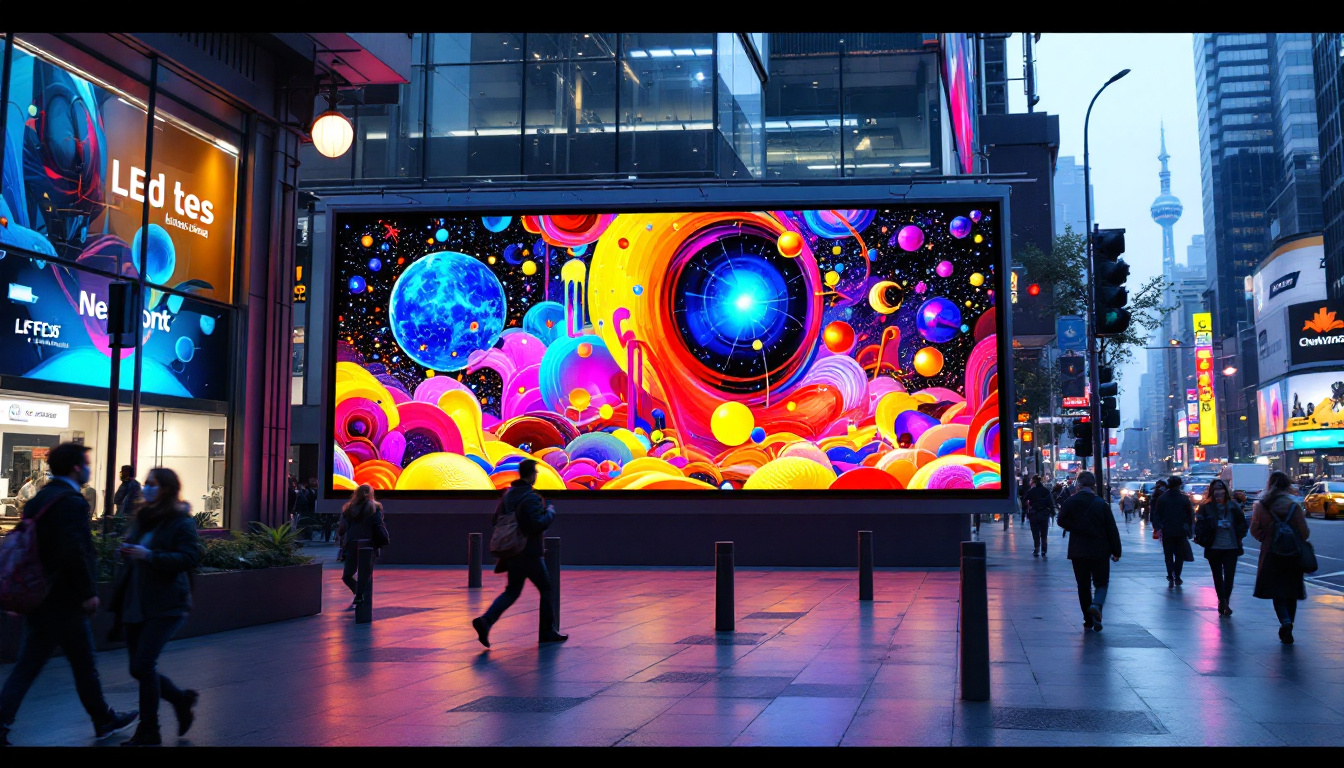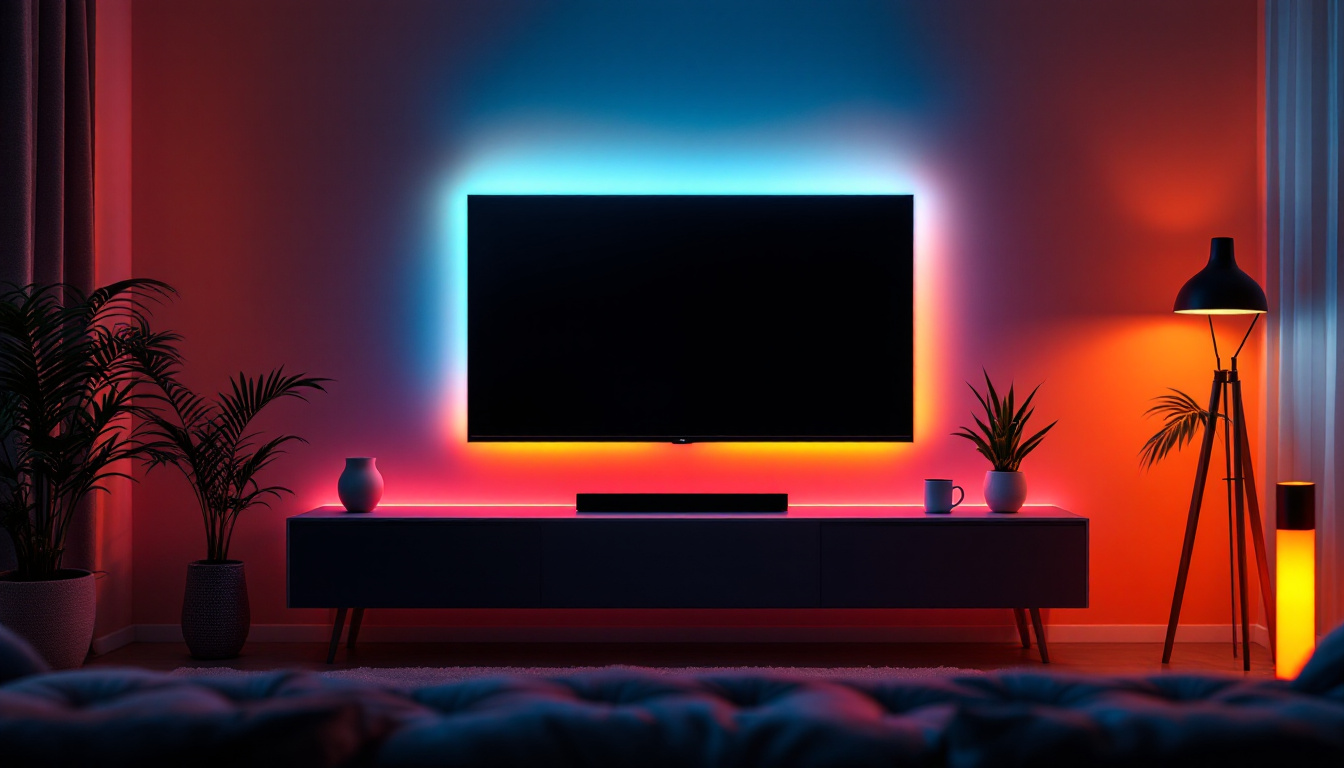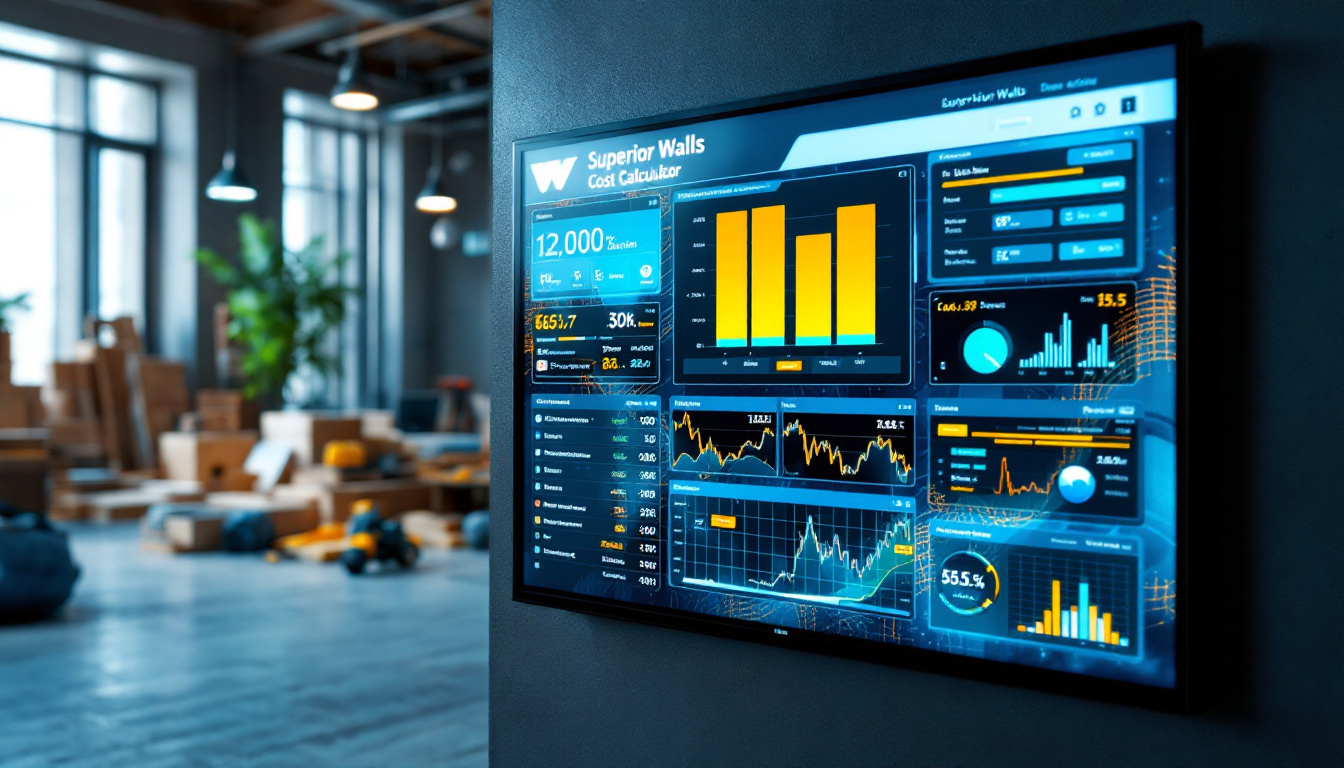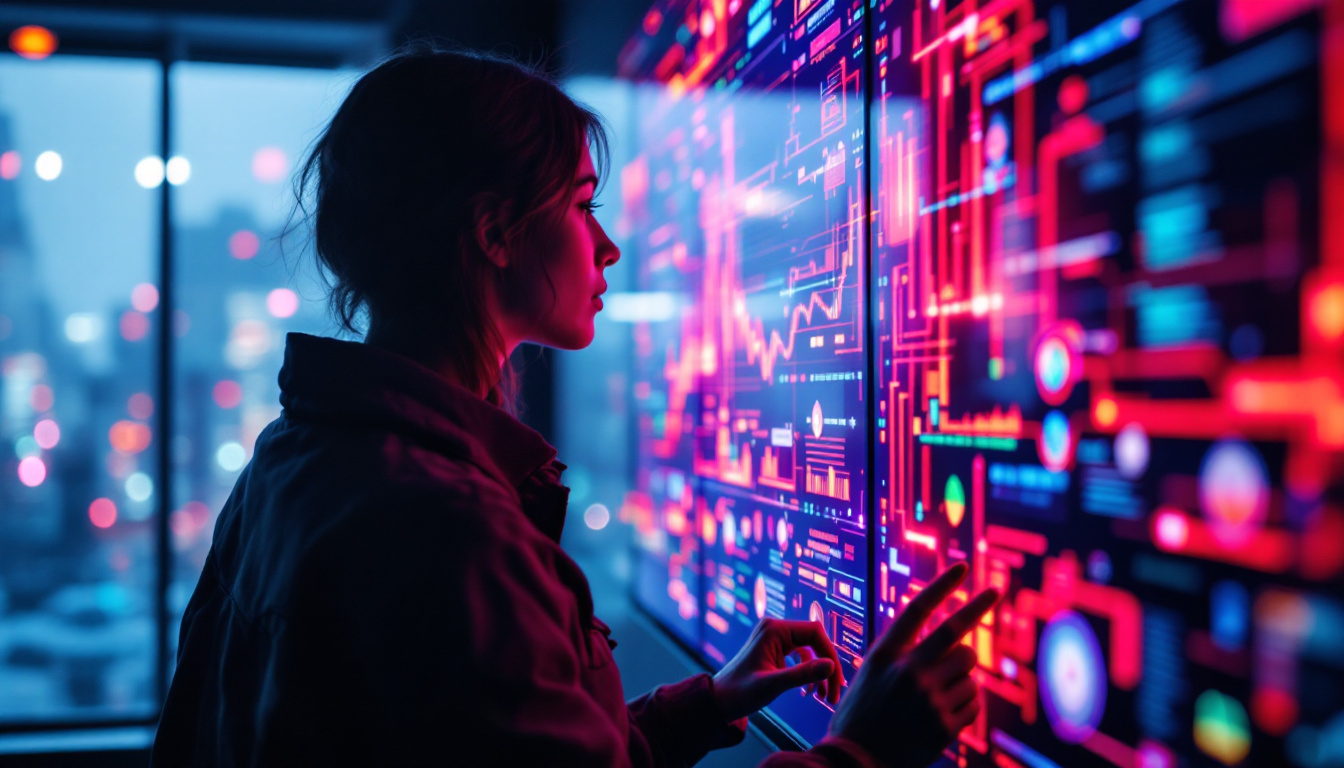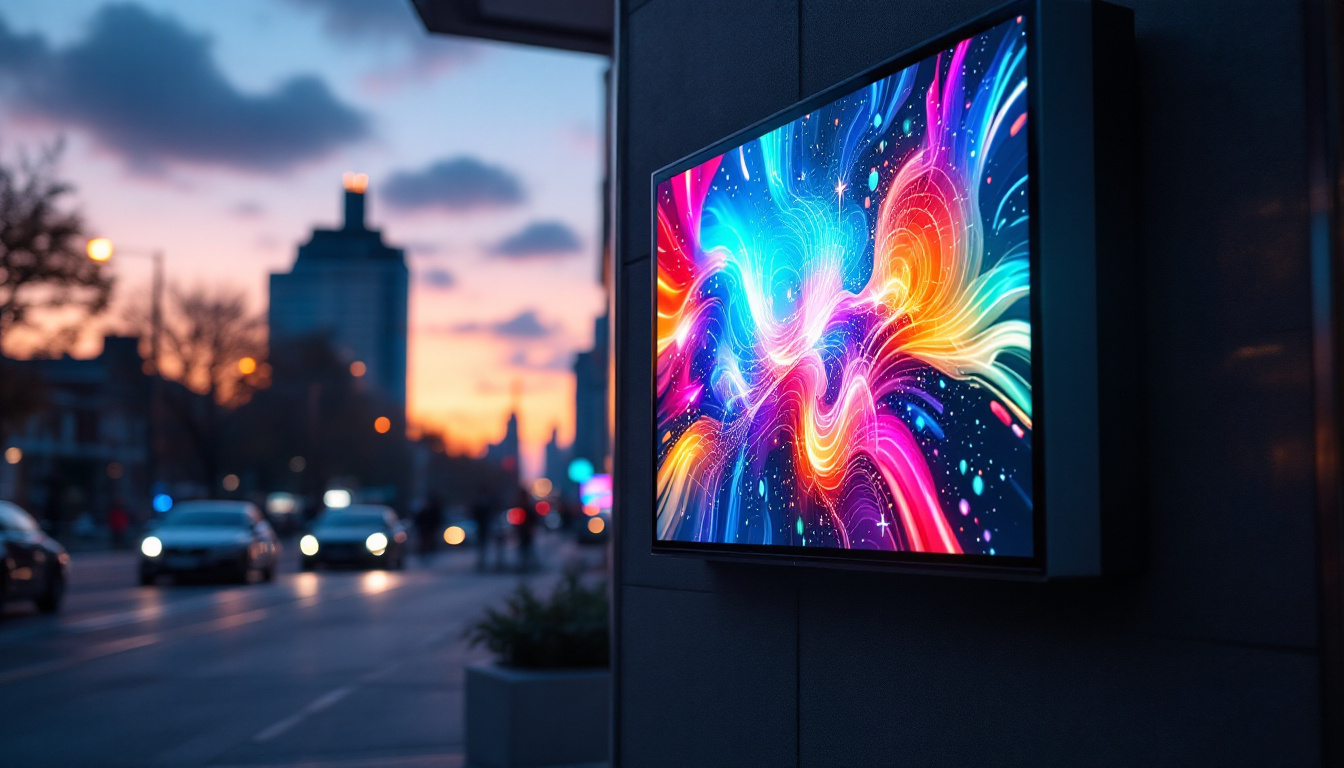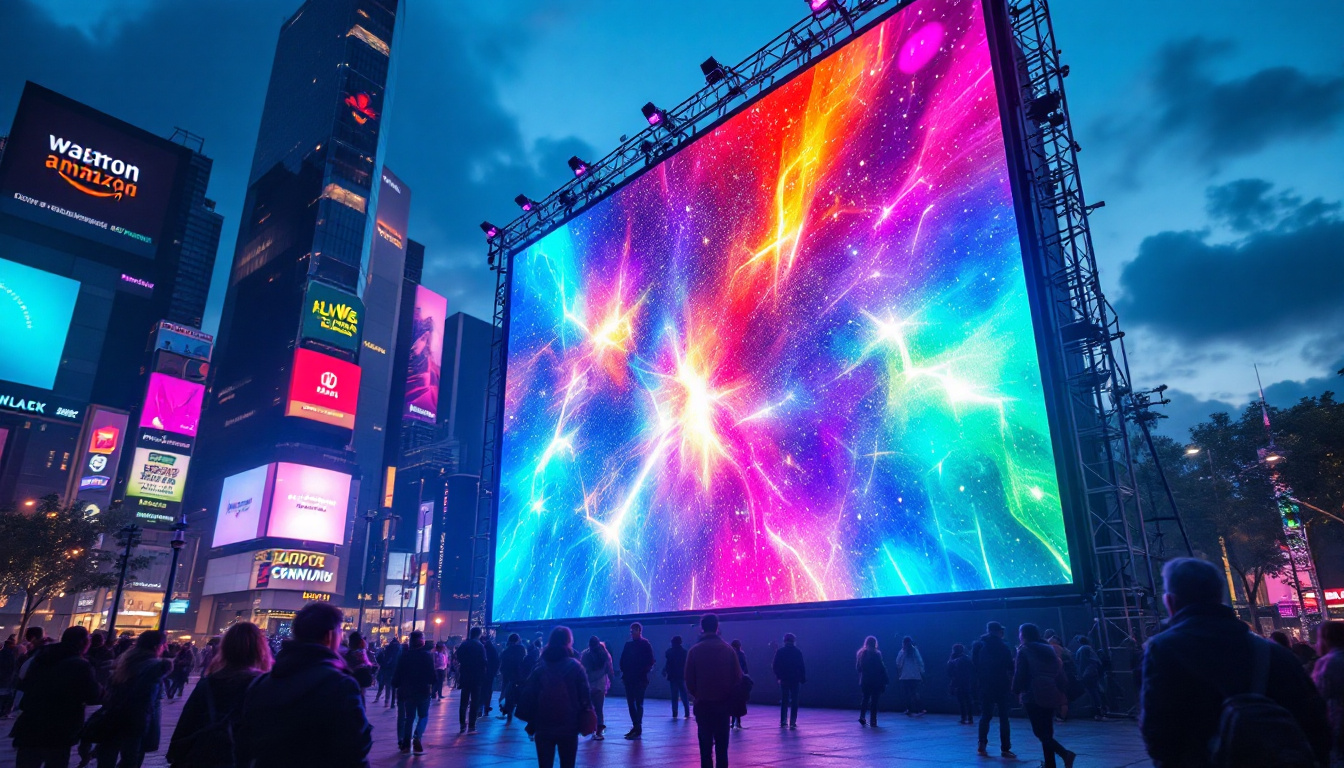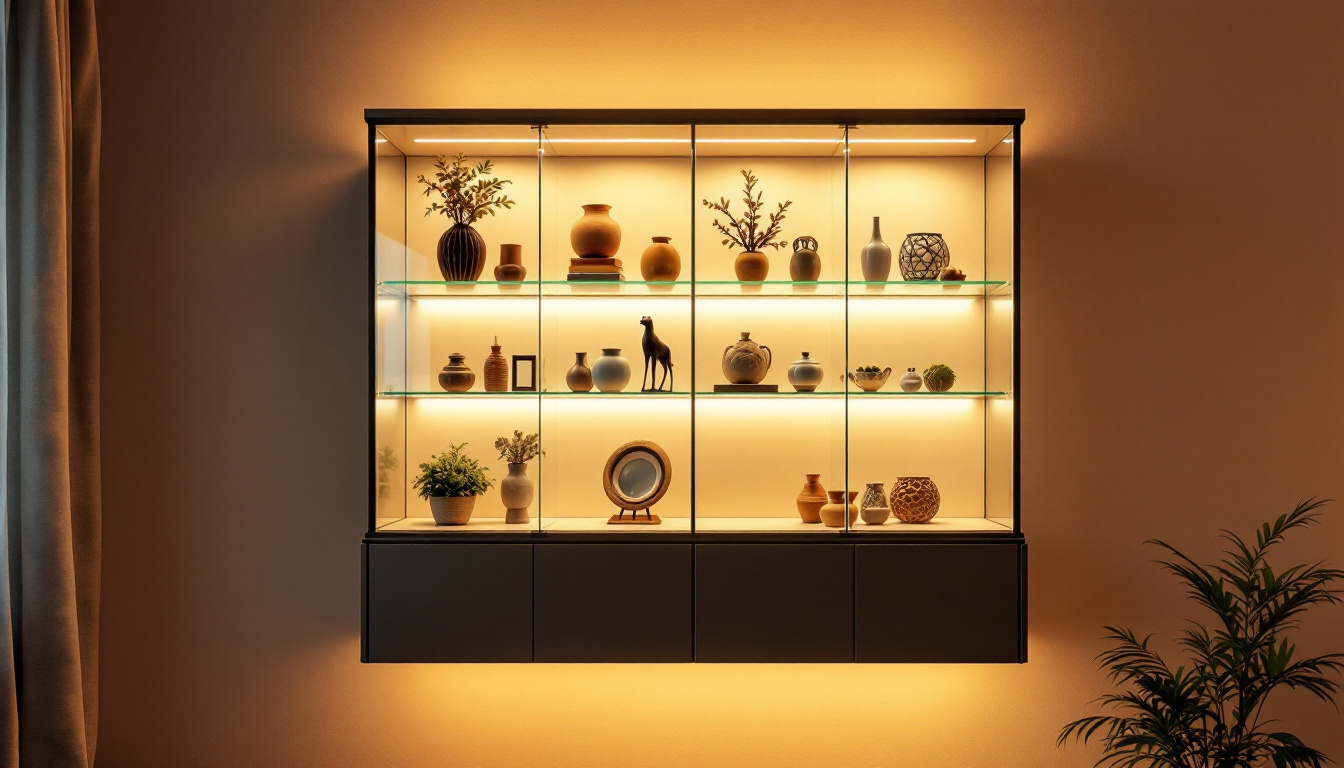In the modern world, LED displays have become an integral part of our daily lives, appearing in everything from smartphones to massive billboards. Understanding how these displays work and their various applications can provide valuable insights into their significance in technology and communication. This article delves into the fundamentals of LED displays, their types, advantages, and the future of this technology.
What is an LED Display?
LED stands for Light Emitting Diode, a semiconductor device that emits light when an electric current passes through it. LED displays utilize this technology to produce images and videos by illuminating pixels in various colors. The arrangement of these pixels forms the visual output that we see on screens.
How LED Displays Work
The core principle behind LED displays lies in the interaction of electrons and holes within the semiconductor material. When an electric current flows through the diode, electrons recombine with holes, releasing energy in the form of light. This process is known as electroluminescence.
LED displays can be categorized into two main types: monochrome and full-color. Monochrome displays consist of a single color, typically red, green, or blue. In contrast, full-color LED displays combine red, green, and blue (RGB) LEDs to create a wide spectrum of colors. By adjusting the intensity of each color, the display can produce a vast array of hues and shades. This versatility allows for the creation of vivid images and dynamic videos, making LED displays ideal for applications ranging from advertising billboards to high-definition televisions.
Components of LED Displays
Understanding the components of LED displays is crucial for grasping their functionality. The primary elements include:
- LEDs: The individual light-emitting diodes that create the display.
- Control Circuitry: This regulates the power and signals sent to the LEDs, ensuring accurate color representation and brightness.
- Driver ICs: Integrated circuits that manage the operation of the LEDs, controlling their brightness and color mixing.
- Display Panel: The physical structure that houses the LEDs and other components, often made of durable materials to withstand environmental conditions.
In addition to these primary components, LED displays often incorporate advanced technologies such as heat sinks and protective coatings. Heat sinks are essential for dissipating the heat generated by the LEDs during operation, ensuring longevity and consistent performance. Protective coatings, on the other hand, shield the display from dust, moisture, and UV radiation, which can degrade the quality of the visuals over time. Furthermore, many modern LED displays feature smart technology, allowing for remote control and real-time adjustments, enhancing user experience and operational efficiency.
The evolution of LED display technology has also led to the development of flexible and transparent displays, which open up new possibilities for design and application. Flexible LED displays can be bent or shaped to fit unconventional surfaces, while transparent displays can be integrated into windows or glass structures, providing information without obstructing views. This innovation not only enhances aesthetic appeal but also allows for interactive advertising and creative installations in urban environments, pushing the boundaries of traditional display applications.
Types of LED Displays
LED displays come in various types, each designed for specific applications. Understanding these types can help in selecting the right display for a particular use case.
Indoor LED Displays
Indoor LED displays are designed for use in enclosed spaces, such as shopping malls, conference rooms, and theaters. These displays typically have a higher pixel density, allowing for clearer images and videos at closer viewing distances. They are often used for advertising, presentations, and entertainment purposes. The versatility of indoor LED displays is further enhanced by their ability to be configured in various shapes and sizes, making them suitable for creative installations, such as curved or even 3D displays. Additionally, many indoor models come equipped with advanced features like touch interactivity, enabling user engagement and making them ideal for interactive kiosks and exhibitions.
Outdoor LED Displays
Outdoor LED displays are built to withstand harsh weather conditions while providing high visibility. These displays have lower pixel density compared to indoor models, as they are viewed from greater distances. They are commonly used for billboards, sports arenas, and public information displays. The technology behind outdoor LED displays often includes protective casings that shield against rain, dust, and extreme temperatures, ensuring longevity and consistent performance. Furthermore, advancements in brightness levels allow these displays to remain visible even in direct sunlight, making them a reliable choice for outdoor advertising campaigns. Many outdoor displays also incorporate energy-efficient LED technology, which not only reduces operational costs but also supports eco-friendly initiatives.
Transparent LED Displays
Transparent LED displays are a newer innovation that allows for the display of images and videos while maintaining visibility through the screen. These displays are often used in retail environments to showcase products while allowing customers to see through the glass. They provide a unique aesthetic appeal and can enhance the shopping experience. The ability to blend digital content with the physical environment opens up new avenues for creative advertising, allowing brands to tell stories in a visually captivating manner. Additionally, transparent LED displays can be used in architectural applications, such as in building facades or windows, providing an eye-catching element that attracts attention without obstructing views. This technology not only elevates the design of spaces but also serves functional purposes, such as providing information or entertainment in high-traffic areas.
Advantages of LED Displays
The popularity of LED displays can be attributed to their numerous advantages over traditional display technologies. Here are some key benefits:
Energy Efficiency
LED displays are highly energy-efficient compared to older technologies like LCD and CRT. They consume less power, leading to lower electricity bills and a smaller carbon footprint. This efficiency makes them an attractive option for businesses looking to reduce operational costs.
Longevity and Durability
LED displays have a longer lifespan, often exceeding 50,000 hours of operation. Their solid-state construction makes them more resistant to shock and vibration, reducing the likelihood of damage. This durability is particularly beneficial for outdoor applications where displays are exposed to the elements.
High Brightness and Contrast
One of the standout features of LED displays is their ability to produce high brightness levels, making them easily viewable in bright sunlight. Additionally, the contrast ratio of LED displays is superior, providing deeper blacks and more vibrant colors. This quality enhances the overall viewing experience, whether for entertainment or advertising.
Applications of LED Displays
LED displays have found applications across various industries, demonstrating their versatility and effectiveness. Here are some notable areas where LED displays are commonly used:
Advertising and Marketing
One of the most prominent uses of LED displays is in advertising. Businesses leverage vibrant and dynamic LED screens to capture the attention of potential customers. From digital billboards to storefront displays, LED technology allows for eye-catching advertisements that can be updated in real-time.
Entertainment and Events
In the entertainment industry, LED displays play a crucial role in concerts, festivals, and sporting events. Large LED screens provide audiences with a clear view of performances, enhancing the overall experience. They are also used for stage backdrops, contributing to the visual spectacle of live events.
Public Information Systems
LED displays are widely used in public information systems, including transportation hubs, airports, and train stations. They provide real-time updates on schedules, delays, and other important information, ensuring that passengers stay informed. The clarity and visibility of LED displays make them ideal for high-traffic environments.
Challenges and Considerations
Despite their many advantages, LED displays are not without challenges. Understanding these can help users make informed decisions when investing in this technology.
Initial Costs
The initial investment for LED displays can be significant, especially for large-scale installations. While the long-term savings on energy and maintenance costs can offset this expense, businesses must consider their budget and return on investment before making a purchase.
Heat Management
LED displays generate heat during operation, which can affect their performance and longevity if not properly managed. Effective heat dissipation systems are essential to prevent overheating, particularly in high-brightness outdoor displays. Users should ensure that their display installations include adequate cooling solutions.
Color Calibration
Maintaining accurate color representation is crucial for LED displays, especially in applications where visual fidelity is essential. Regular calibration may be necessary to ensure that colors remain consistent over time. Users should be aware of the need for ongoing maintenance to achieve the best results.
The Future of LED Display Technology
As technology continues to evolve, the future of LED displays looks promising. Innovations in materials, design, and functionality are paving the way for even more advanced displays.
MicroLED Technology
MicroLED is an emerging display technology that promises to revolutionize the industry. Unlike traditional LED displays, which use larger diodes, MicroLED utilizes tiny individual LEDs to create images. This technology offers improved brightness, color accuracy, and energy efficiency, making it a strong contender for future applications.
Flexible and Wearable Displays
The development of flexible LED displays is opening new possibilities for design and application. These displays can be bent and shaped to fit various surfaces, allowing for innovative product designs. Additionally, wearable LED displays are becoming increasingly popular in fashion and health monitoring, providing dynamic visual feedback to users.
Integration with Smart Technology
As the Internet of Things (IoT) continues to expand, LED displays are increasingly being integrated with smart technology. This integration allows for real-time data display, remote management, and enhanced interactivity. The potential for personalized advertising and user engagement is vast, making this a key area for future development.
Conclusion
LED displays have transformed the way we communicate, advertise, and entertain. Their energy efficiency, durability, and versatility make them a preferred choice for a wide range of applications. As technology advances, the potential for LED displays continues to grow, promising even more innovative solutions in the future. Understanding the fundamentals of LED displays is essential for anyone looking to harness their power effectively.
With ongoing advancements in technology and design, LED displays will undoubtedly play a pivotal role in shaping the future of visual communication. Whether in advertising, entertainment, or public information, the impact of LED displays will continue to resonate in our daily lives.
Discover the Future of Visual Communication with LumenMatrix
As you embrace the transformative power of LED displays, take the next step with LumenMatrix, a leader in innovative LED display technology. Explore our comprehensive range of solutions, including Indoor and Outdoor LED Wall Displays, Vehicle LED Displays, LED Poster Displays, LED Sports Displays, Floor LED Displays, Custom LED Displays, All-in-One LED Displays, and LED Transparent Displays. Join us in revolutionizing visual communication and create unforgettable visual experiences that captivate your audience. Check out LumenMatrix LED Display Solutions today and see how we can enhance your brand visibility and engagement.

